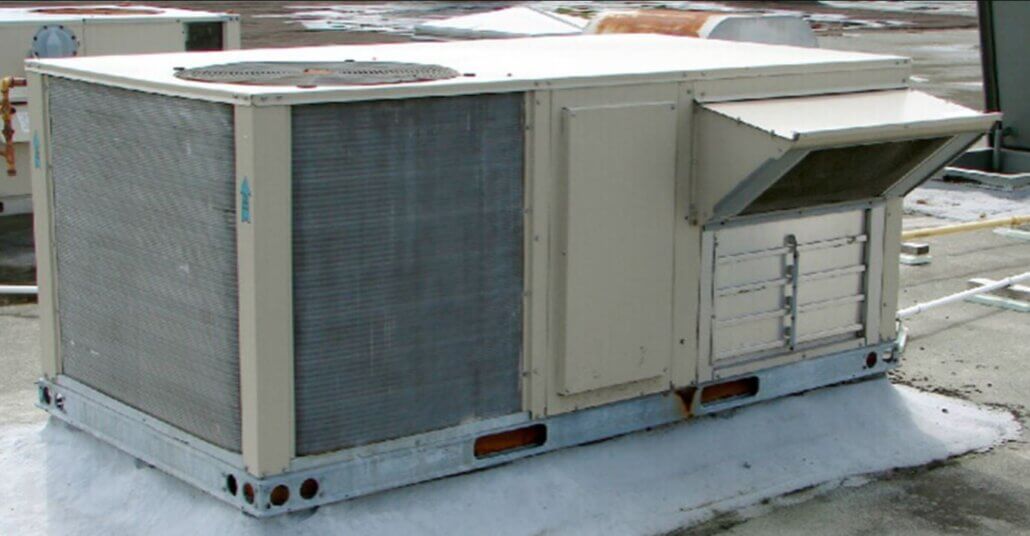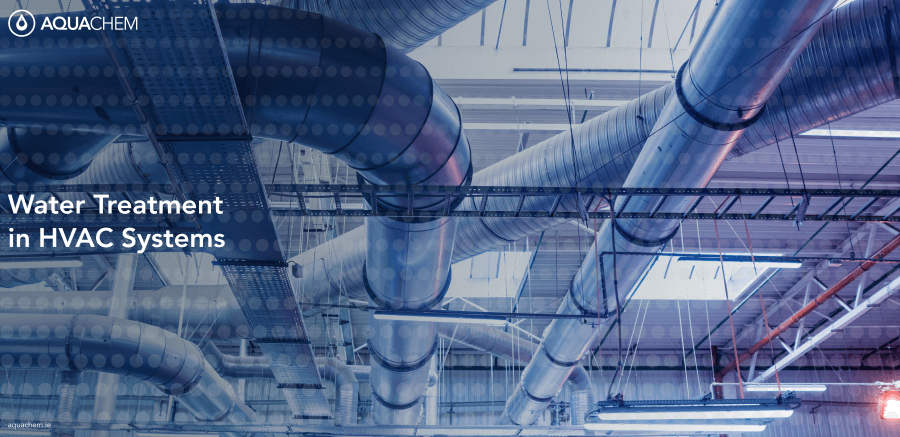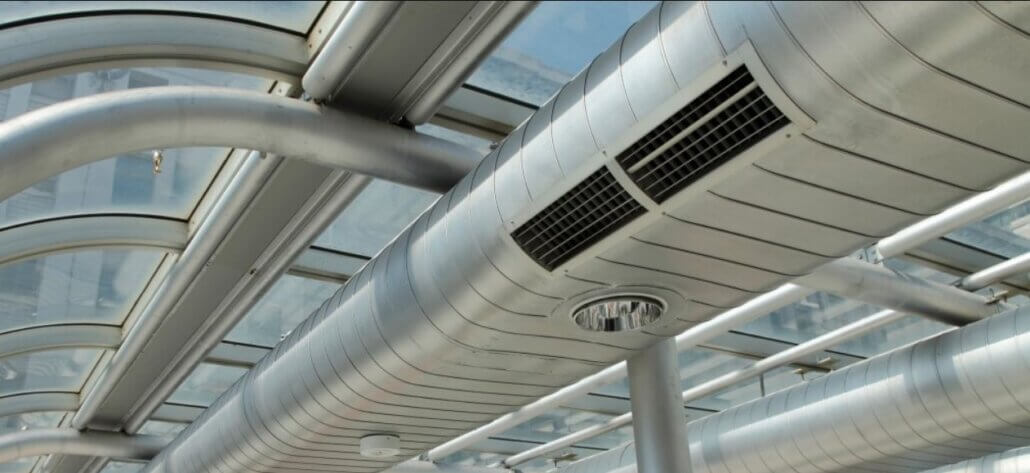The importance of water treatment in HVAC systems
No matter what industry, HVAC systems are essential to any commercial building to ensure the occupants are happy, whether it be on a hot summers day or cold winter morning. These systems can face a strong demand and must meet distinctive requirements throughout the year without experiencing breakdown.
HVAC systems can account for 25 to 45% of a building’s water consumption. The optimum operation of these systems is linked to the quality of the water and so the water must be treated to prevent scale build up, corrosion and microbiological growth.
Poor quality water has a direct impact on the effectiveness of a systems operation, in turn leading to higher operating cost and increased maintenance requirements. An effective water treatment plan for your HVAC system is vital to keep the system operating at design efficiently levels and ensures that the minimum amount of water is used in the system to obtain the desired outputs.
While the need for quality water is understood by the operations’ team, realistically there is often not enough understanding of the water quality and importance of correct water hygiene (which leads to a number of maintenance related issues) in the broader team.
How the HVAC system works
HVAC stands for Heating, Ventilating and Air Conditioning. These systems help to control the temperature, humidity and air quality within a building to provide a comfortable environment. Commercial HVAC systems in buildings contain interconnected systems to distribute these and usually include heat pumps that extract heat from the air or water for heating purposes.
The heating aspect of an HVAC system is produced by using radiators or supply air systems, ventilation is accomplished by extracting contaminated air out of the building while maintaining clean air and circulates the internal air to remove any excess humidity. Finally, cooling systems lower the temperature and help to maintain proper levels of humidity within the commercial building. There is also the cooling towers, which are basically heat exchangers that use water and air to transfer heat from the air-conditioning systems to the outdoor environment, most commonly, they are used to remove heat from the condenser water leaving a chiller.
The purpose of an HVAC water treatment programme is to maintain the water in the system so that it is clean and free of contaminants. It is usually organic materials, bacteria and other organisms which foul the equipment and cause damage to machinery. A good water treatment plan will consist of a preventive approach and measurement process, the key approaches of maintaining high quality water.
Is paying for HVAC water treatment worth the price?
Preventing only one mechanical failure caused by the proliferation of organisms in your water is worth the cost.
Instead of repairing the entire system, you proactively prevent issues and keep your water safe for everyone; untreated water can contain potentially harmful bacteria such as Legionella, which is known to cause death in some people who come into contact with the organism.
How optimisation saves water
Building / facility owners are already feeling the pressing of increasing energy usage and costs and are seeking new ways to optimize their energy efficiency and reduce wastage. One potentially large source of savings that building / facility mangers often overlook is their HVAC systems.
In a building, people usually consider bathroom and kitchen water usage the main offender, however studies have shown that HVAC systems may account for 28 – 44% of a buildings water consumption. While water consumption varies by climate and building type, that’s a huge source of potential water savings.
Luckily, reducing water wastage comes hand in hand when you look at optimising and increasing the systems efficiency. When a system is more efficient, less water circulates and less water needs to be flushed out, reducing the need for chemicals.
The size and efficiency of the plant and how much the building gets cooled are the primary factors in a commercial building’s water usage.

When chillers and pump motors function more efficiently, they transfer less heat into the plant’s condenser system and thus reduce evaporation.
By improving the plant efficiency from 1 to 0.75 kilowatts per ton of cooling, facility operators can cut water usage by 10% or more. The end result is cost savings, reduced chemical usage and a decreased carbon footprint.
HVAC optimization also reduces the amount of water the air handling system uses. Advanced optimization software can calculate the right amount of air to condition for a particular space at a particular time. For example, an optimized system might blow less air in the morning and increase the air conditioning as the building heats up during the day.
Reducing the level of cooling also helps as it reduces evaporation. Buildings with temperature flexibility—such as hotels and offices — can save thousands of gallons if managers turn up the thermostat just a degree or two. For instance, nudging the temperature up from 67 degrees to 68 or 69 will reduce the load on air handling systems and cut back on the use of chilled water, and most building occupants won’t feel a difference.
Conclusion
Optimizing HVAC systems to power buildings with the least possible energy and water use — while maintaining comfort and staying within required operating parameters — clearly has enormous financial and sustainability advantages.
Realizing those advantages is becoming more and more urgent as water supplies throughout the world face growing demand. It is critical that all water-consuming systems — including hidden users like HVAC systems—optimize their use of this resource.








